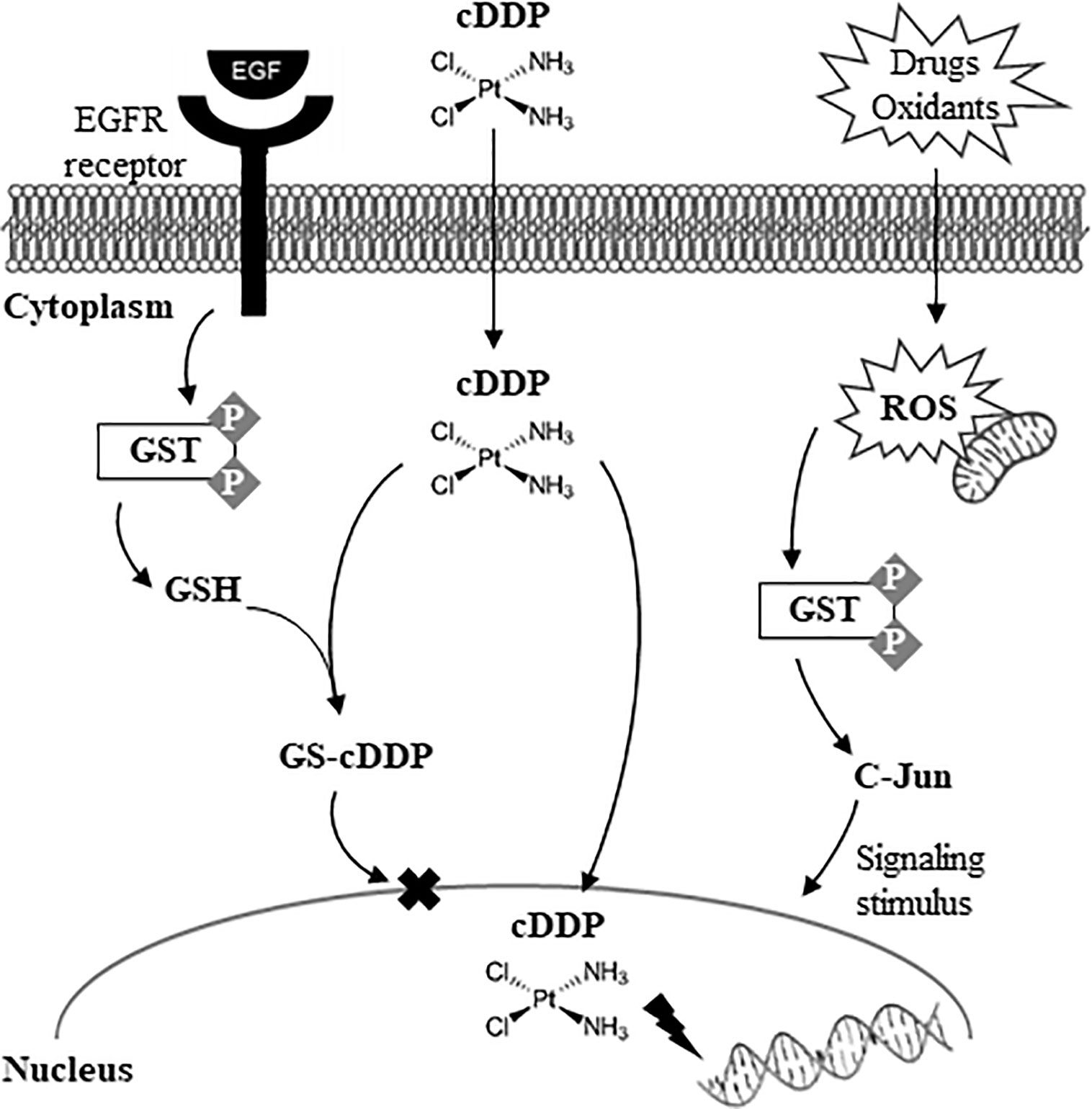
New Palladium(II) and Platinum(II) Complexes Based on Pyrrole Schiff Bases: Synthesis, Characterization, X-ray Structure, and Anticancer Activity | ACS Omega
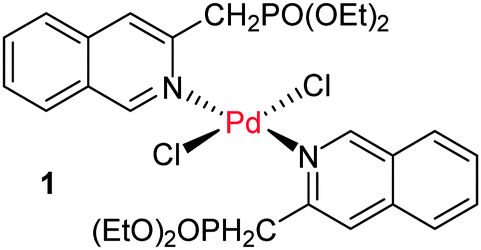
Anti-cancer palladium complexes: a focus on PdX 2 L 2 , palladacycles and related complexes - Chemical Society Reviews (RSC Publishing) DOI:10.1039/C4CS00063C
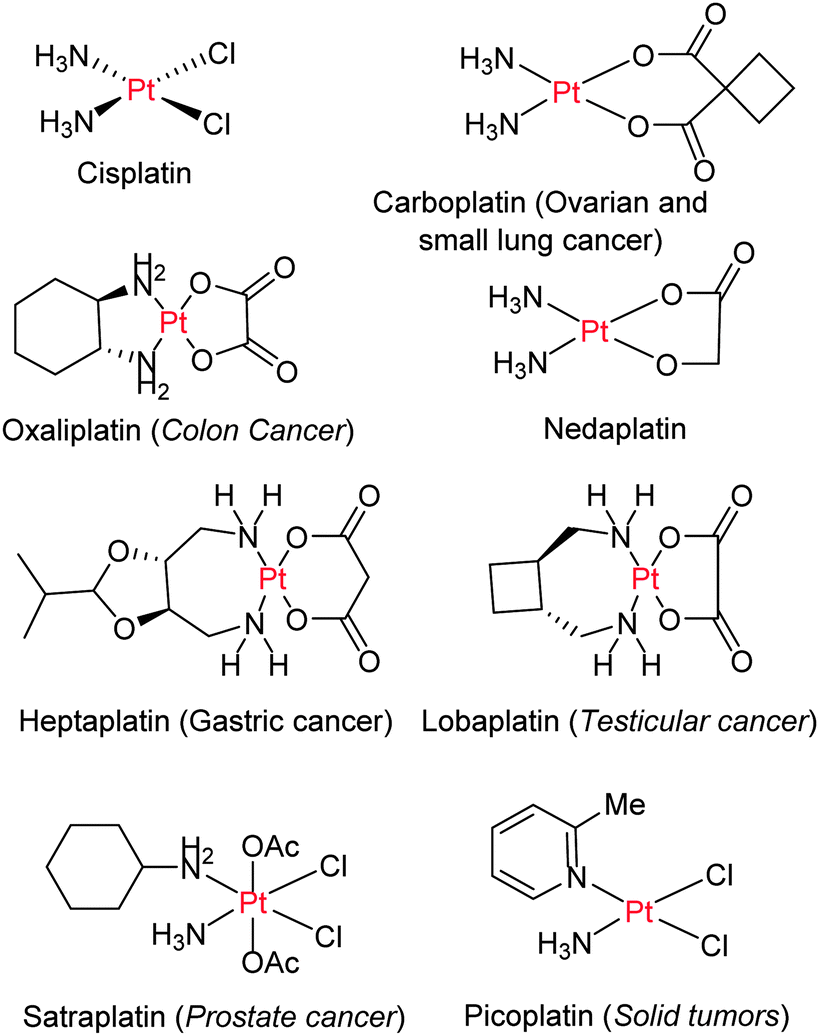
Anti-cancer palladium complexes: a focus on PdX 2 L 2 , palladacycles and related complexes - Chemical Society Reviews (RSC Publishing) DOI:10.1039/C4CS00063C
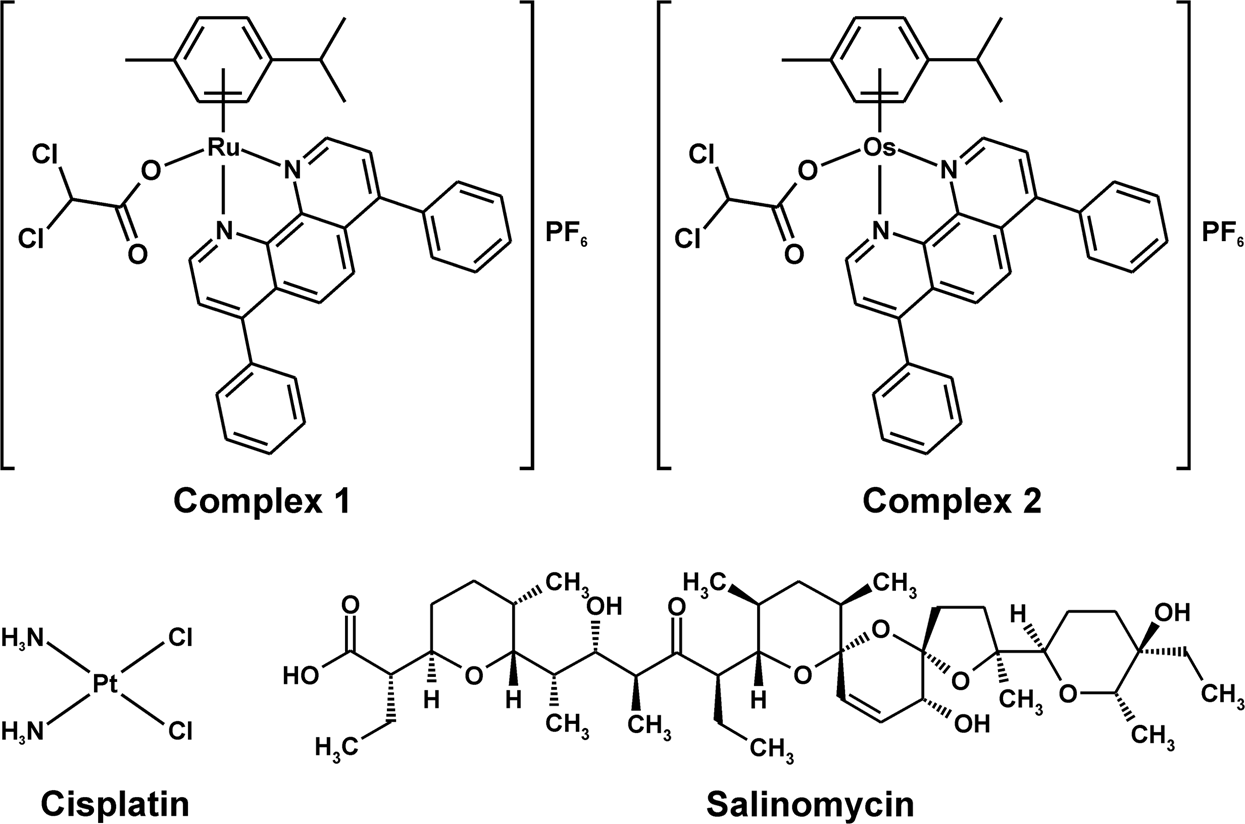
An anticancer Os(II) bathophenanthroline complex as a human breast cancer stem cell-selective, mammosphere potent agent that kills cells by necroptosis | Scientific Reports

Anticancer Potential of Palladium(II) Complexes With Schiff Bases Derived from 4-Aminoacetophenone Against Melanoma In Vitro | Anticancer Research

Synthesis and structure of a new thiazoline-based palladium(II) complex that promotes cytotoxicity and apoptosis of human promyelocytic leukemia HL-60 cells | Scientific Reports
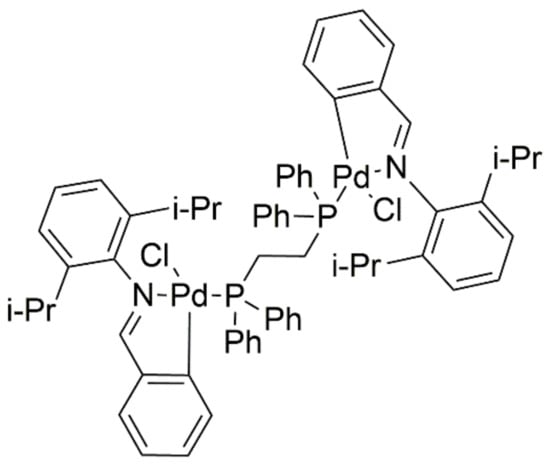
IJMS | Free Full-Text | Platinum and Palladium Complexes as Promising Sources for Antitumor Treatments | HTML

Anti-cancer palladium complexes: a focus on PdX2L2, palladacycles and related complexes. | Semantic Scholar

Rollover Cyclometalation vs Nitrogen Coordination in Tetrapyridyl Anticancer Gold(III) Complexes: Effect on Protein Interaction and Toxicity | JACS Au

Anticancer Potential of Palladium(II) Complexes With Schiff Bases Derived from 4-Aminoacetophenone Against Melanoma In Vitro | Anticancer Research
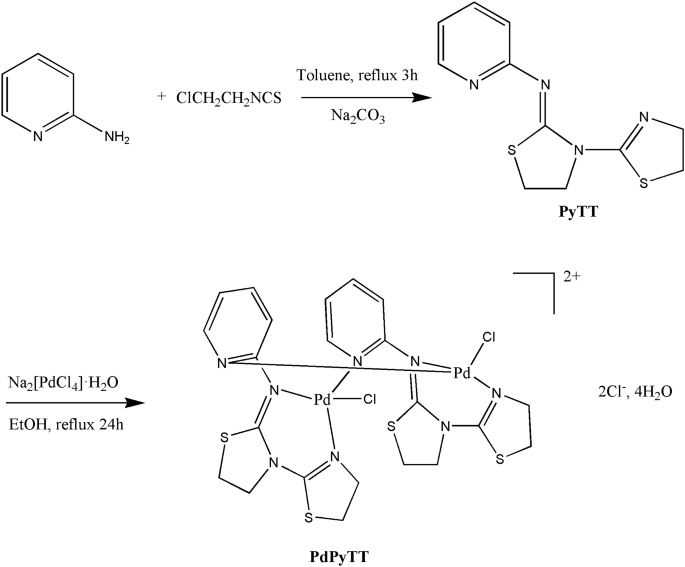
Synthesis and structure of a new thiazoline-based palladium(II) complex that promotes cytotoxicity and apoptosis of human promyelocytic leukemia HL-60 cells | Scientific Reports
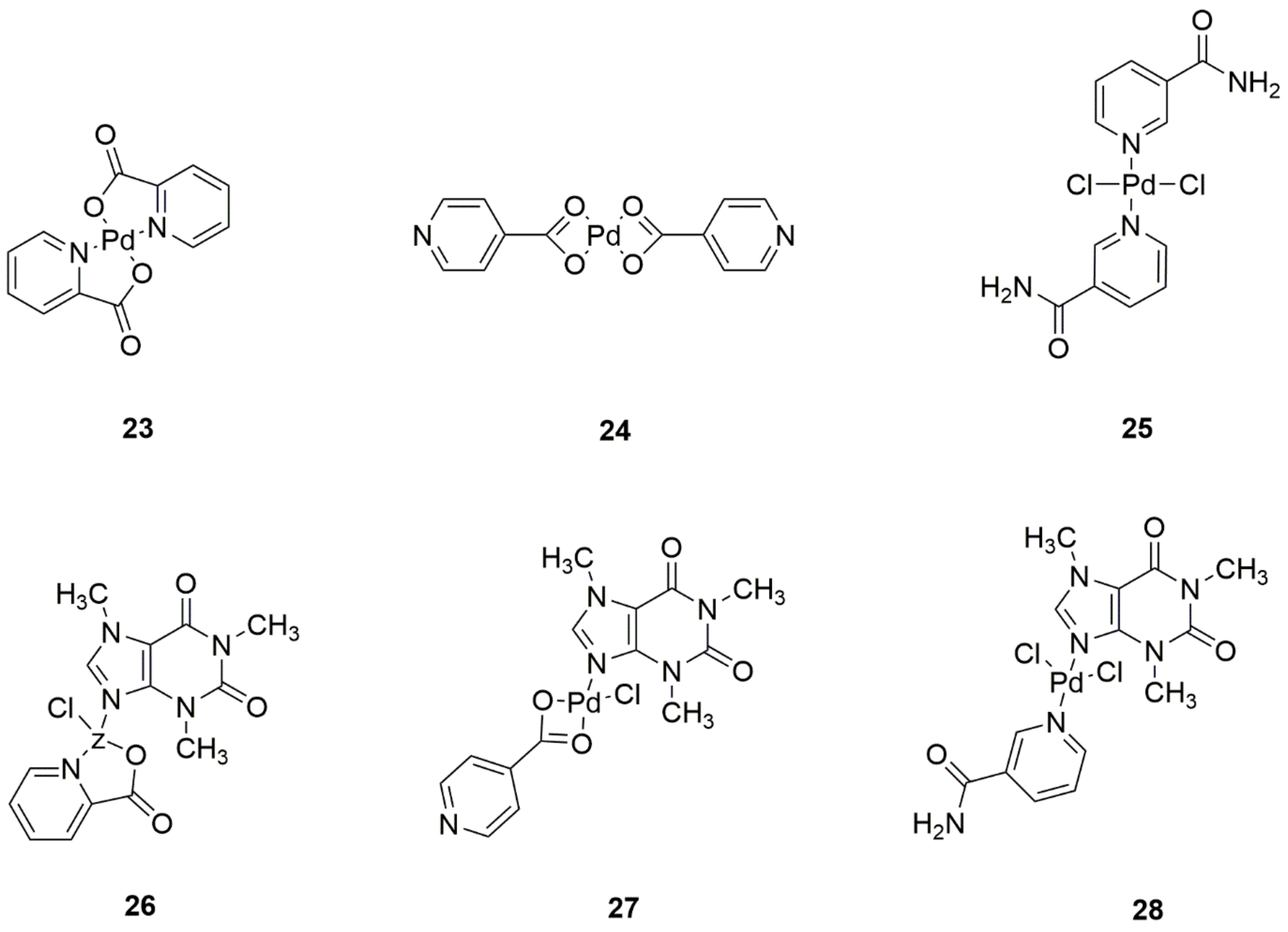
IJMS | Free Full-Text | Platinum and Palladium Complexes as Promising Sources for Antitumor Treatments | HTML

Anticancer activity of palladium-based complexes against triple-negative breast cancer - ScienceDirect

A survey of the mechanisms of action of anticancer transition metal complexes | Future Medicinal Chemistry

IJMS | Free Full-Text | Platinum and Palladium Complexes as Promising Sources for Antitumor Treatments | HTML

Anticancer Potential of Palladium(II) Complexes With Schiff Bases Derived from 4-Aminoacetophenone Against Melanoma In Vitro | Anticancer Research

